Ksiaz Castle or Zamek Ksiaz (or Schloss Fürstenstein in German) is one of the most imposing castles in Lower Silesia in the southwest of Poland. The castle (map), situated atop an impressive rock cliff, can trace its origins back to the 13th century when it was built by the order of Bolko I, the Duke of Lwówek. Since then, it was destroyed and rebuilt and expanded various times and in different styles (from Gothic to Baroque and neo-Classical) by the Bohemians and the last family to reside there, the Hochberg family, one of the richest and most influential families in Prussia. The Hochbergs lived there for many generations from the 16th century, when Konrad von Hochberg was granted the rights to the castle and the surrounding area, till 1944, when it was seized by the Nazis.
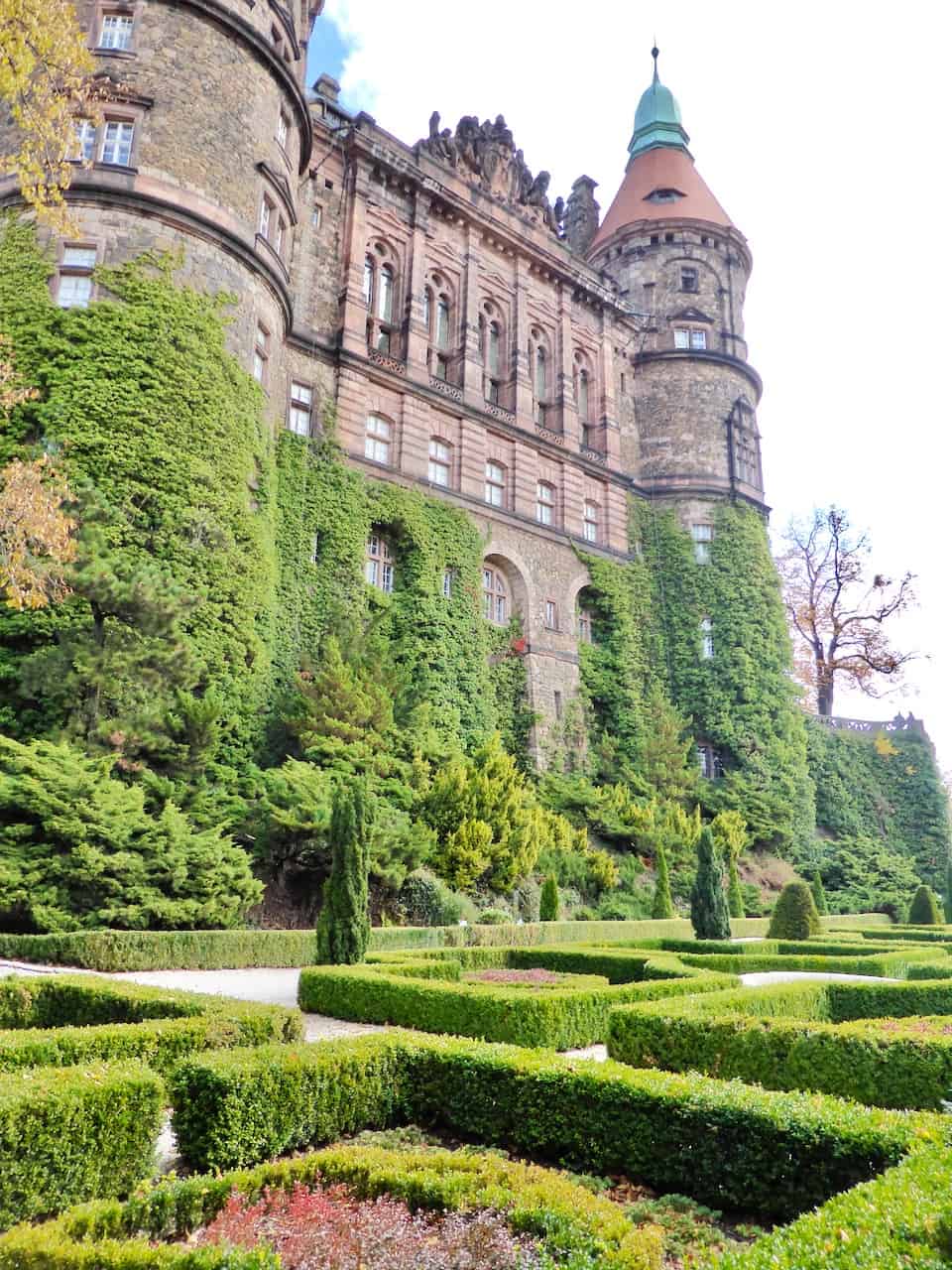
The Riese Project
The Nazis stripped Ksiaz Castle of its furnishings and the castle then became an important part of the Riese Project, an elaborate plan to create an underground military industrial complex complete with tunnels, roads, rail links and subterranean arms factories. The castle itself is said to have been prepared as the new headquarters for Hitler. For this purpose, thousands of prisoners, many from concentration camps like Auschwitz, were used as slave labour.
Towards the end of the war, with the Red Army approaching fast, the Nazis destroyed much of the complex. The destruction continued when the Red Army ousted the Nazis. Till this day, the Nazis’ exact plans with the castle remain a mystery. Were they building a secret weapon? Did Hitler plan to use the castle as a personal bunker? Little is also known of the fate of the prisoners who built the underground complex, though one can only guess.
Ksiaz Castle today
The castle today is one of the most important castles in Lower Silesia, attracting visitors who come here to admire the majestic architecture, visit the underground tunnels (a small section of which is open to the public) and learn about the castle’s tempestuous past, and enjoy the beauty of the surrounding forests.
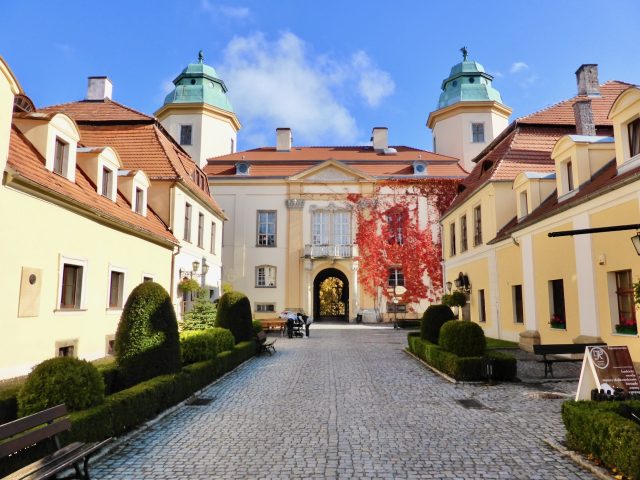
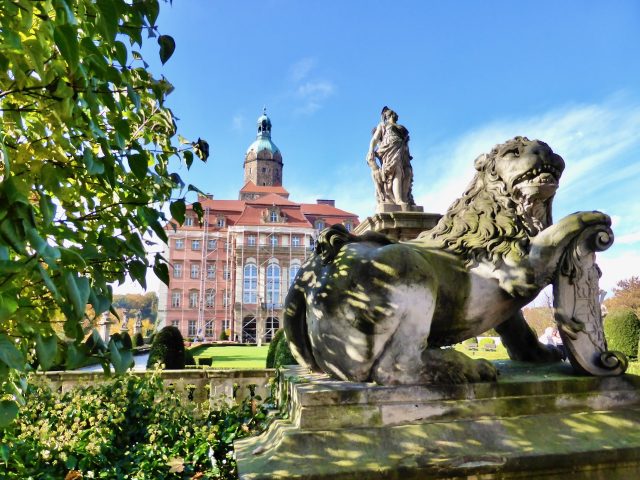
Inside Ksiaz Castle
Ksiaz Castle certainly is a sight to behold. The interior, much of it bare, is a solemn testament to the castle’s opulence and grandeur in its heyday. The great Maximilian Room as well as the Summer Pavilion and the beautiful landscaped gardens, built under the stewardship of Conrad Maximilian Hochberg in the 18th century, have been lovingly restored. Some of the rooms, such as the beautiful Games Salon and China Salon, have also been restored and refurnished. One room has been turned into a wondrous antique store! Another room houses an exhibition that details the castle’s history. Take some time to read about the Hochberg family and their tragic demise during World War II, as well as the mysterious Nazi plans and the prisoners who worked here.
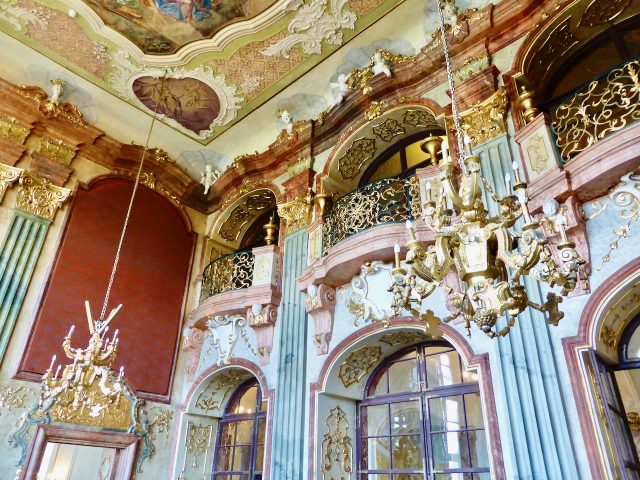
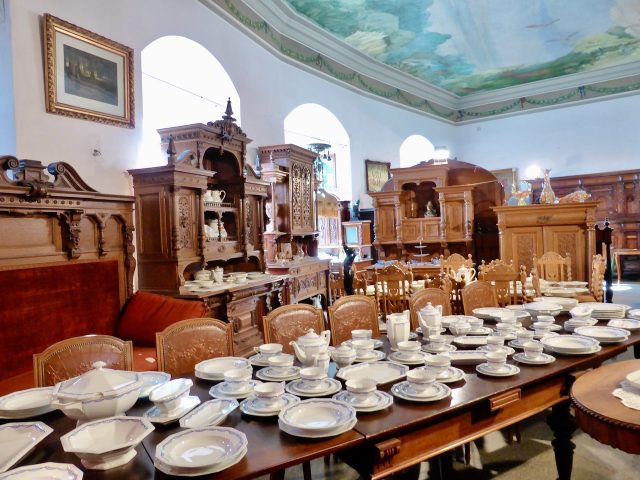
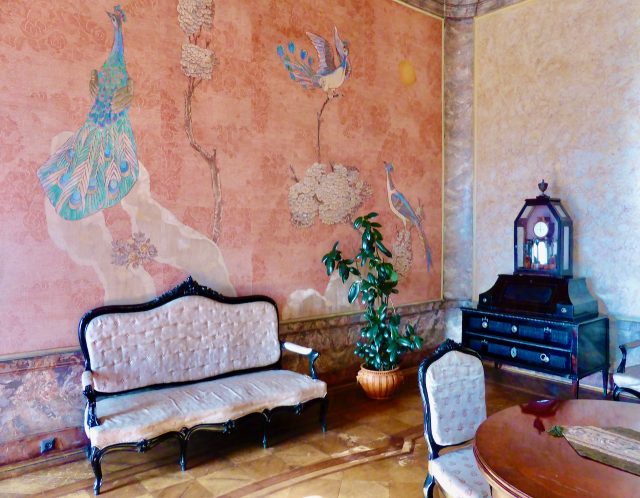
Ksiaz Castle’s grim and mysterious past come to life in its underground tunnels, many of which have reinforced concrete walls. There are remnants of unfinished construction work as well as the elevator shaft that was, supposedly, built to transport the Führer from the castle to the underground complex.
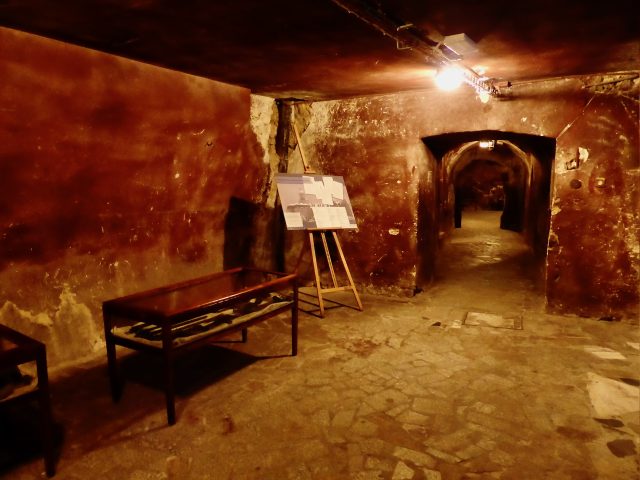
The castle gardens
A walk in the gardens and terraces that surround the castle, known as some of the finest in Poland, is a must for any visitor. It’s the best way to truly appreciate the castle’s various architectural styles as well as the stunning surroundings.
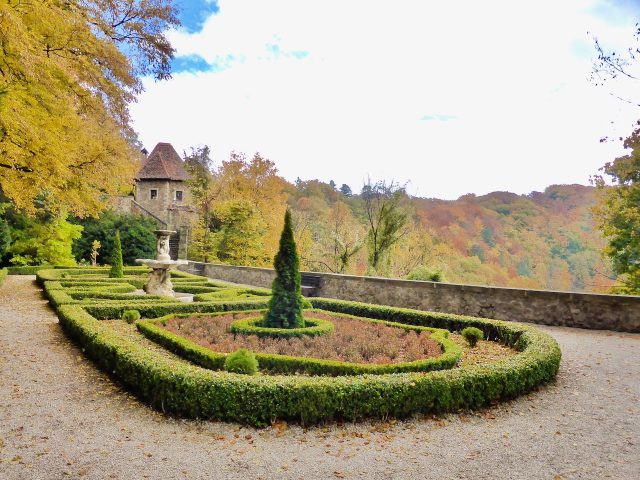
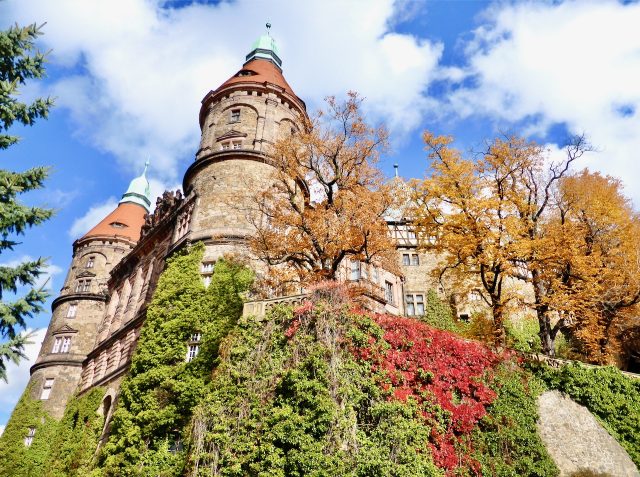
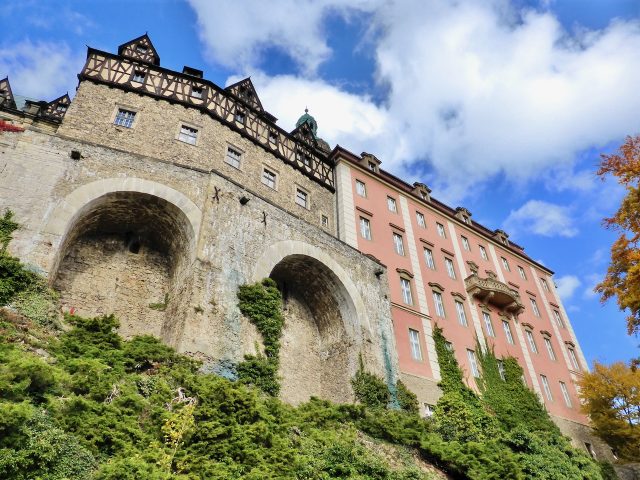
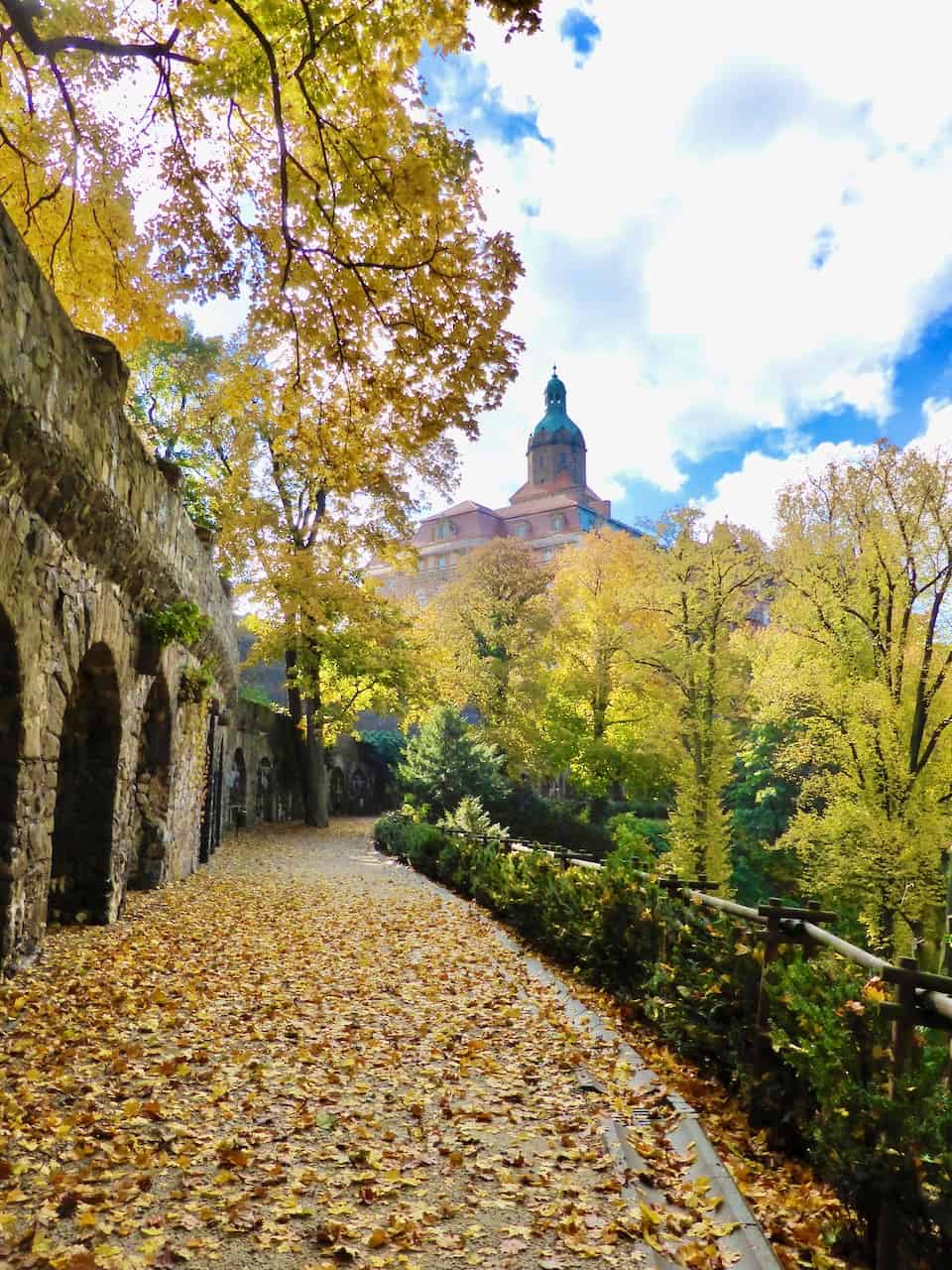
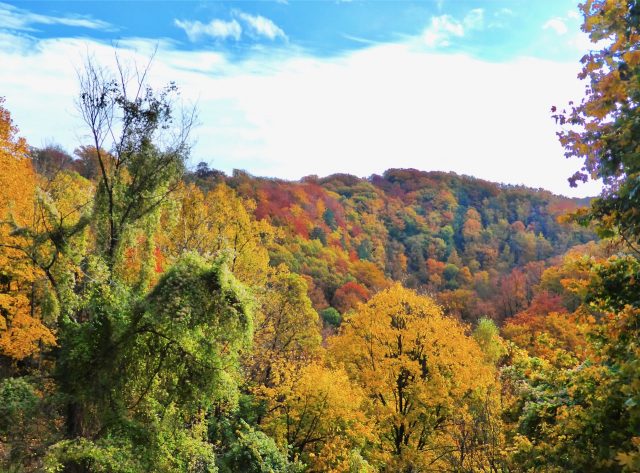
The castle is located approximately 70 kilometers from Wroclaw. If you’re in the region, it’s certainly a must-visit in my book. Visit the Ksiaz Castle website for more details. There are two hotels in the vicinity of Ksiaz Castle: Hotel Ksiaz and Hotel Przy Oślej Bramie.

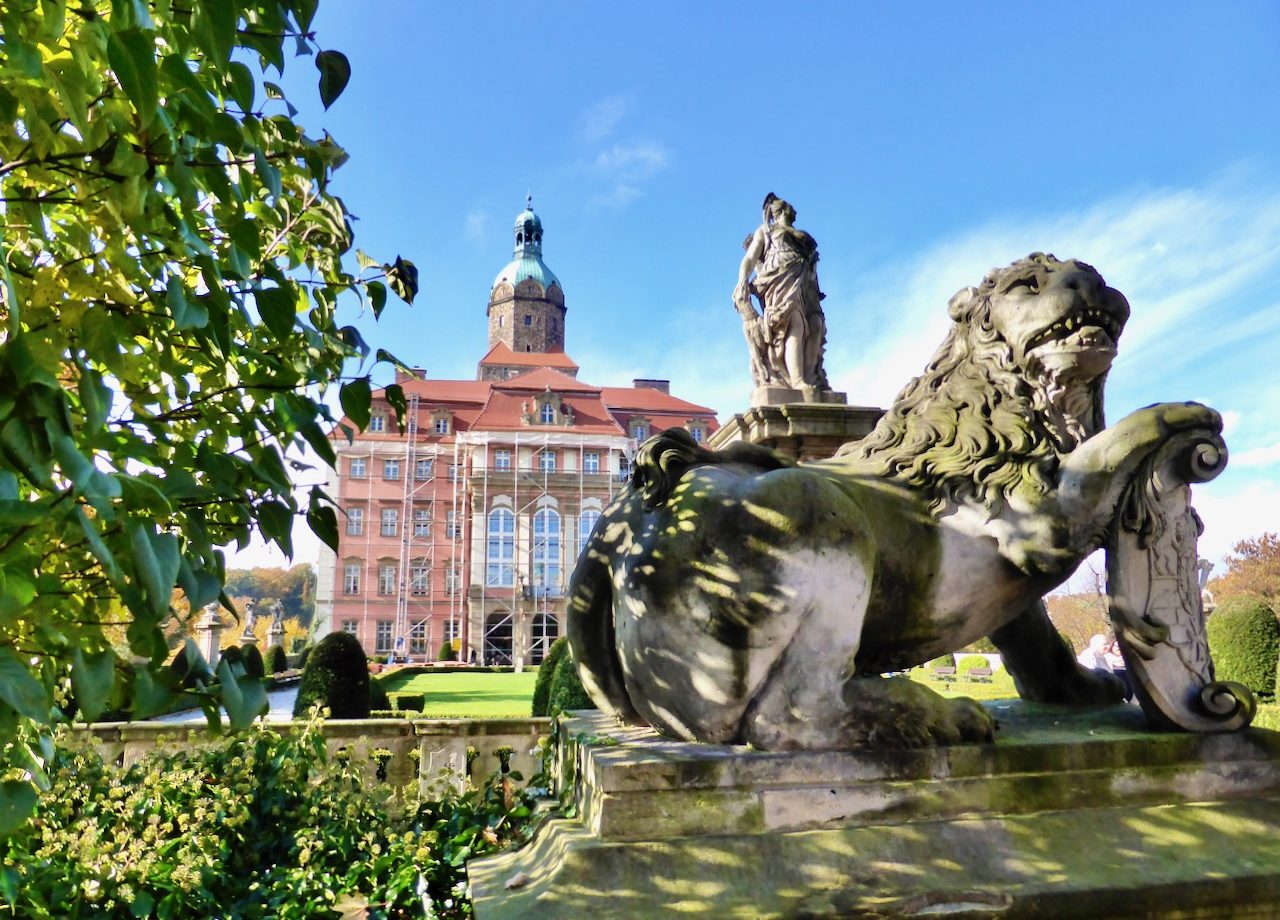

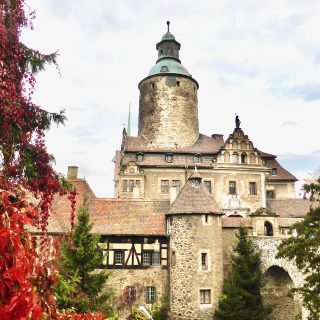
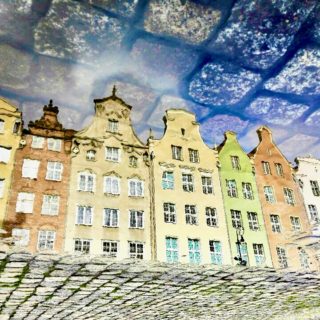
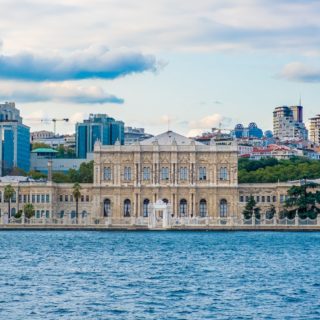
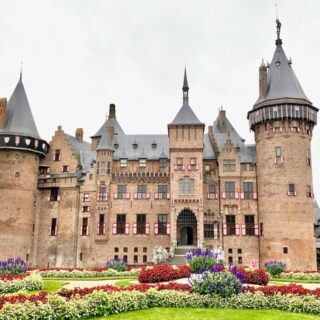






We visited the castle recently for a wedding. I found it fascinating to learn that our Royal family’s Daisy had settled there after being raised at Ruthin Castle, here in Wales. Coincidentally, the last wedding I went to was in that castle! I’d highly recommend a visit, if you’re close to this area – it’s simply stunning.
Hi Adrienne,
Wow! It could be the same family, though I don’t know if they were Jewish. I read that a descendant of the Hochbergs (who lives in Germany) got married in the castle in 2018. It might be worth the effort to look into your husband’s family tree. I imagine a good place to start would be the castle itself – I’m sure they have records of the Hochbergs.
Cheers,
Keith
My husband’s family are Hochberg’s. They often spoke of being descendants of wealthy Von Hochberg’s who lived in Poland. Could this be the same family? Also, were they Jewish?
Thanks, Adrienne Hochberg
Thank you for the information! Wondering if the Hochberg family was Jewish, as that’s my last name, some of my family is from Poland, and we’re Jewish. Or, perhaps they had serfs who took on the Hochberg name who remained of their religion? Thanks!
[…] Read more about the Ksiaz Castle. […]
Thank you for the historical notes. This castle’s history is simply fascinating!
Cheers,
Keith
Some historical notes…
The castle was seized by the German government in 1944 because the Prince of Pless Hans Heinrich XVII had moved to England in 1932 and became a British citizen, also his brother Count Alexander of Hochberg who was a Polish citizen and the owner of Schloss Pleß (today Pszczyna Castle), had joined the Polish army. Fürstenstein castle was a part of the Project Riese (a construction project of Nazi Germany, consisting of seven underground structures located in the Owl Mountains) until 1945 when it was occupied by the Red army.
Hi Karin,
Wow, what a story! It must be so amazing to visit a place that has such close ties with your family’s history. The guides must’ve really appreciated that (if they knew). I hope your grandchildren get to visit one day too.
Thanks for sharing your story here. 🙂
Cheers,
Keith
I was there 4yrs ago with five cousins our great-grandfather Endemann was the teacher in the castle until he died 1926 my cousin gave back furnishings and Daisy Pless’s golden mirror which she had given our great-grandmother,my mother lived with her grandparents for one year recuperating an illness fantastic castle to see hoping my grandchildren get to see it some day
[…] of Jelenia Góra in the Jelenia Góra valley. One of the most intriguing castles I visited was the Ksiaz Castle (or Schloss Fürstenstein). The castle sits atop an impressive cliff and is surrounded by lush […]
How ornate! We love wandering around old castles, full of history. Interesting about the Nazi connection, and Adam’s research above on Hitler’s plans to set up headquarters here.
Stunning views! It looks like a mixture of very different architectural styles. I have to say the Nazis being involved in its history adds somewhat chilling feeling to this place. I even looked up the Project Riese after reading this and apparently Hitler even planned to create his headquarters at the castle. Thanks for bringing this up. Very interesting topic. Have a great day! Adam
Thank you for your lovely comment. Glad you enjoy my blog. 🙂
Cheers,
Keith
A good story and pictures! I love castles! Added Ksiaz Castle to my To-Do-Go List.
I’ve just found your blog. Great job! Will dig in 🙂